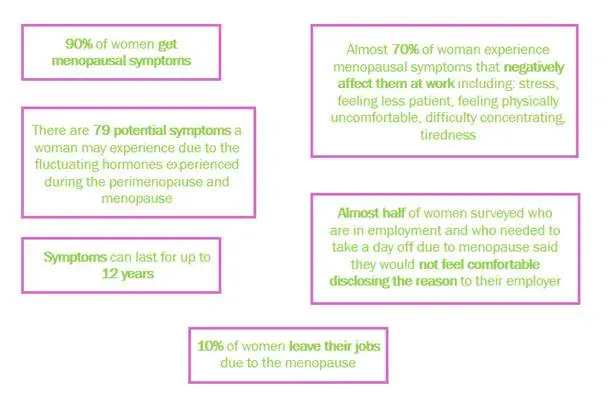Employee appraisals play a crucial role in supporting professional growth, enhancing productivity, and maintaining a positive workplace culture.

However, conducting effective appraisals requires careful planning, communication, and a commitment to employee development. Below are some key steps to help ensure your appraisal process is not only effective but also contributes to the overall success of your team.
Collaboratively set SMART (Specific, Measurable, Achievable, Relevant, Time-bound) goals for the upcoming appraisal period. Discuss development plans, training opportunities, and resources that can help the employee in achieving these goals.
Allow the employee to self-assess their performance. This promotes self-awareness and encourages accountability. It also provides valuable insights into how the employee perceives their own strengths and areas for improvement.
If you would like more information on carrying out effective appraisals, please contact [email protected]
In today’s competitive job market, attracting top talent is a challenge faced by businesses of all sizes. For small and medium-sized enterprises (SMEs) in the UK, the task can seem particularly daunting, especially when competing with larger corporations that boast hefty salary packages and extensive benefits.
However, the key to drawing in exceptional candidates lies not only in monetary rewards but also in crafting a compelling Employee Value Proposition (EVP). An EVP encompasses the unique set of benefits, rewards, and opportunities that an employer offers in exchange for the skills, capabilities, and experiences that employees bring to the table
Here are some strategies that SMEs can employ to enhance their EVP and attract top talent:
1. Emphasise Purpose and Values: Many job seekers, particularly millennials and Gen Z, are drawn to companies that align with their personal values and offer a sense of purpose beyond just a pay check. Highlight your company’s mission, values, and commitment to social responsibility to resonate with candidates who prioritise making a positive impact.
2. Flexible Working Arrangements: Small businesses may not always match the salary packages of larger corporations, but they can offer flexibility that appeals to a wide range of candidates. Whether it’s remote work options, flexible hours, or compressed workweeks, demonstrating a commitment to work-life balance can be a major selling point for prospective employees.
3. Opportunities for Growth and Development: Talented individuals are often eager to advance their careers and expand their skill sets. SMEs can attract top talent by offering clear pathways for career progression, mentorship programs, training opportunities, and challenging projects that allow employees to continuously learn and develop professionally.
4. Cultivate a Positive Work Culture: Company culture plays a significant role in attracting and retaining top talent. Small businesses have the advantage of fostering close-knit, supportive environments where employees feel valued and recognised for their contributions. Highlight your company’s inclusive culture, team dynamics, and employee recognition programs to showcase what sets you apart as an employer of choice.
5. Personalised Benefits and Perks: While small businesses may not have the resources to offer extravagant perks, they can tailor benefits packages to meet the unique needs and preferences of their employees. This could include perks such as wellness initiatives, flexible spending accounts, professional development stipends, or even personalised rewards based on individual interests and preferences.
For further information on the above, please contact [email protected]
Employee wellbeing is at the fore of any good people strategy and with the media shining an important light on the menopause in recent years, creating awareness and showing just how physically and mentally debilitating it can be both personally and professionally, we believe having a menopause policy in place is an essential addition to supporting your workforce.
By addressing this the business will have:
Some employees will transition through the menopause smoothly however others will suffer extreme symptoms with a detrimental impact on their lives and work. The stats below are courtesy of The Menopause Charity and the CIPD.

There isn’t a legal requirement for companies to have a menopause policy, however in February 2024 the Equality and Human Rights Commission (EHRC) issued guidance to clarify the legal obligations for workers experiencing the menopause.
The 2010 Equality Act protects workers from discrimination, harassment and victimisation on the basis of 9 protected characteristics, including age, sex and disability.
The EHRC states that if menopause symptoms have a ‘long term and substantial impact on a woman’s ability to carry out normal day-to day activities’ these symptoms could be considered a disability. If this is the case the employer must make reasonable adjustments for the employee. Employers must also be mindful of discriminating against the employee due to the disability.
Employees experiencing menopause symptoms may also be protected from direct & indirect discrimination and harassment & victimisation on the grounds of sex and age.
In addition, Health & Safety legislation means employers must conduct an assessment of their workplace risks.
It may be a good starting place to understand the current experiences of menopausal women in the workplace and how they are supported by managers and to include employees in the development of any support and guidance to provide an inclusive workspace.
We are passionate about supporting those going through the menopause and supporting businesses, if you would like more information or guidance with this, please contact [email protected]